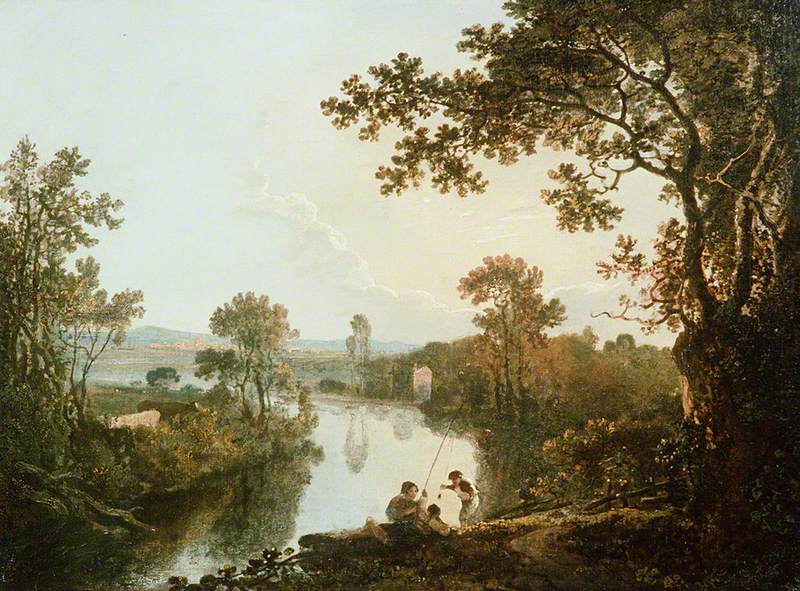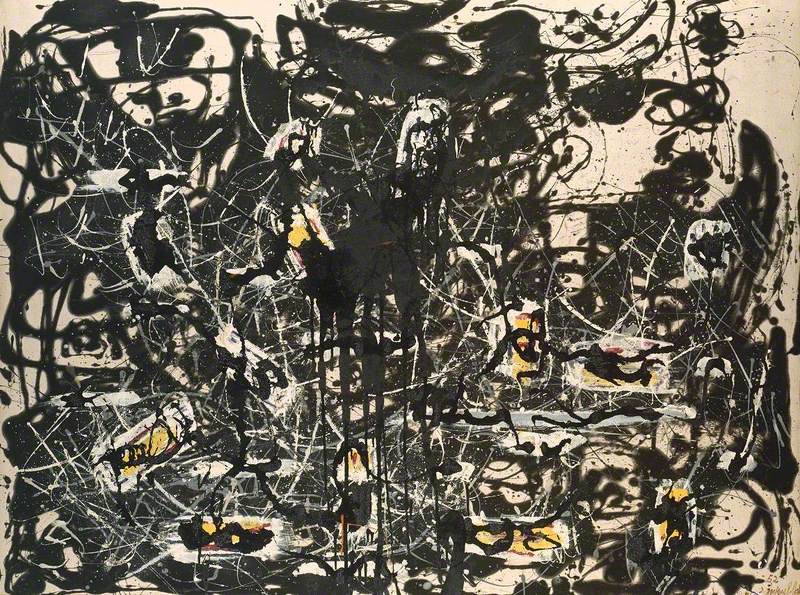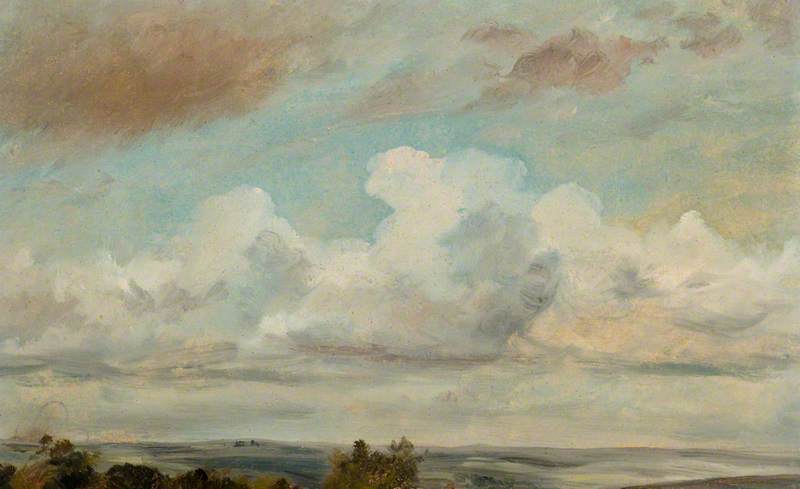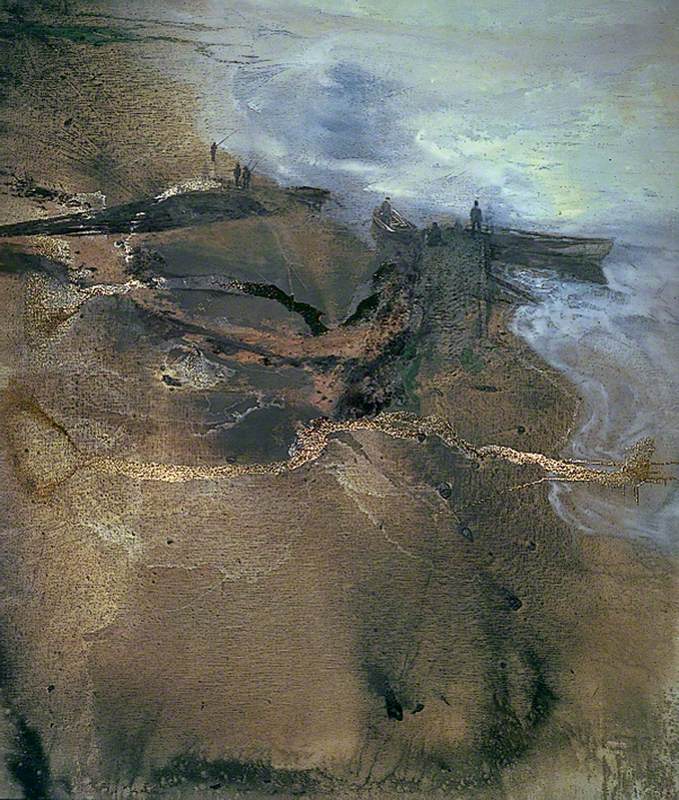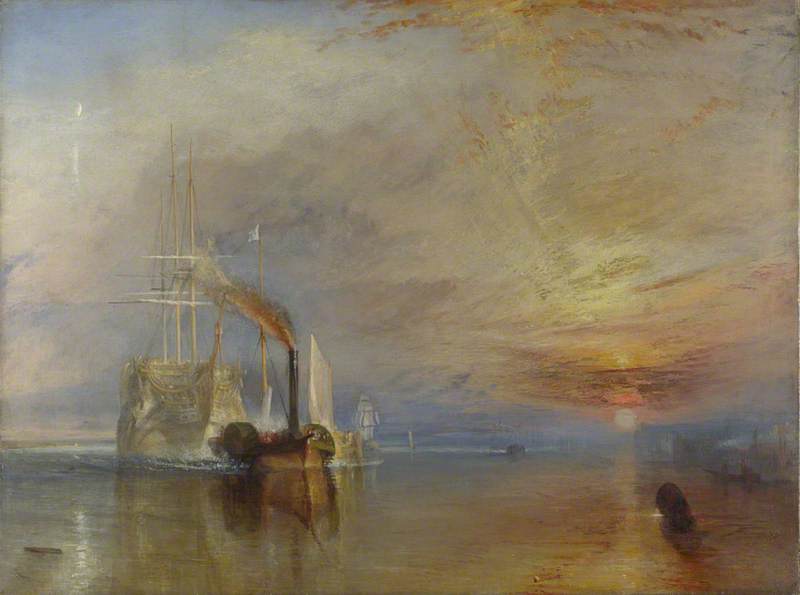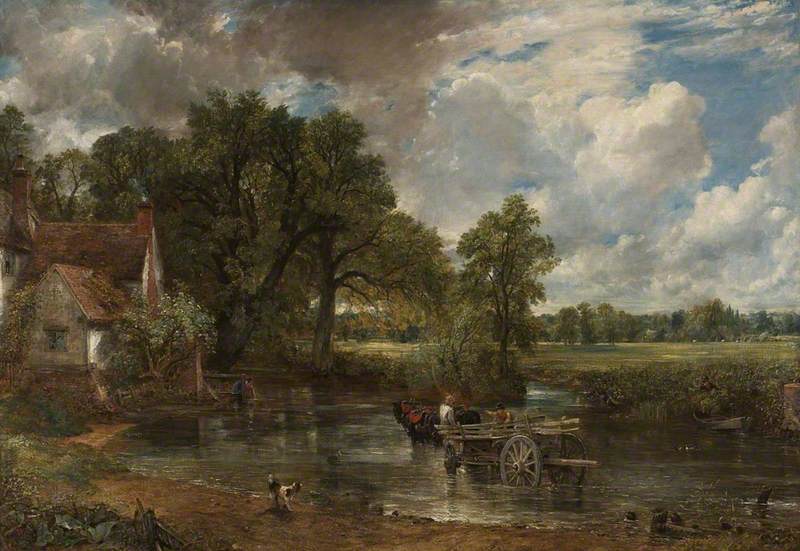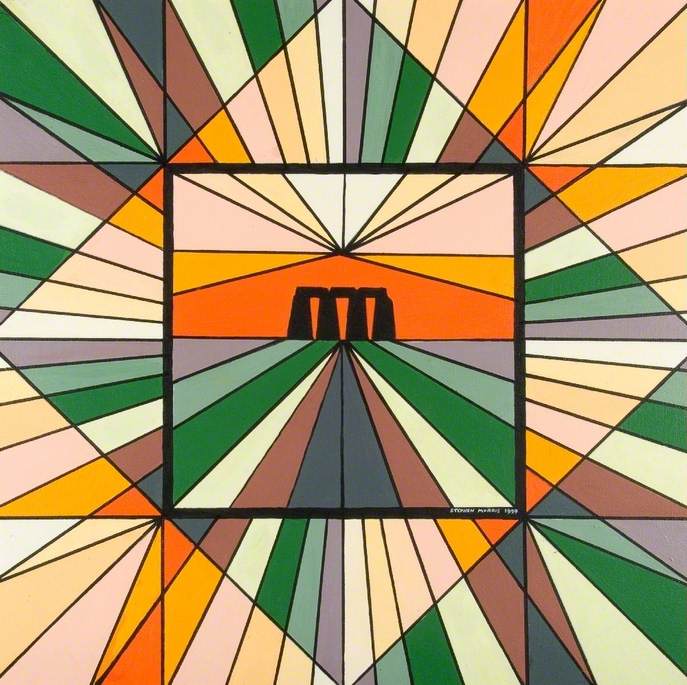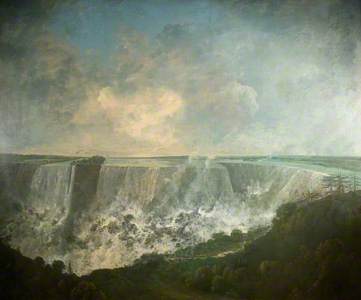Surprisingly, the artist, Richard Wilson (1713/1714–1782), never actually saw the Niagara Falls in person but seems to have based his painting on a drawing made two years earlier by a draughtsman, Lieutenant Pierie of the Royal Irish Artillery. The first European to see the falls in 1678 was Father Hennepin, a French priest, whose description made them one of the natural wonders of the world. The painting shows the Niagara river and its great waterfalls that form on the Canadian and American border. Paintings of exotic places and awe-inspiring scenery were very popular at this time.
Richard Wilson was born in Wales. He began his career as a portraitist but changed direction and became a landscape painter. He is seen historically as one of the founders of English landscape painting. Wilson’s subjects included landed estates, but his painting of Niagara Falls represents the grandeur of an untamed wilderness rather than a landscape managed by the aristocracy. It was painted when Britain was the dominant power in North America and shortly before the American War of Independence. Wilson’s painting is an example of the representation of nature in the eighteenth century, which was described in different ways by topographical works, scientific treatises and poetry as well as art.
The painting was commissioned by William Byrne (1743–1805), the engraver, and first exhibited at the Royal Academy in 1774. Byrne’s steel engraving of 1774 popularised Wilson’s image. On Byrne’s death the painting passed to his friend and former pupil John Landseer. It was acquired by T. M. Whitehouse after 1855 and presented to Wolverhampton Art Gallery in 1884.
According to John Davies (former technician at Wolverhampton Art Gallery) this painting was used as a coal divider in the coal store in the 1970s until curator David Rodgers began working at the gallery. It was later restored by Jesse Brueton and is now one of our most popular exhibits.
Marguerite Nugent, Wolverhampton Art Gallery

